introduction
As a large-scale conference every year, GMIC will invite industry leaders to come and give speeches. There is no doubt that this year's theme is related to AI - AI creates all things, and various types of information pushed by WeChat every day are also various types of AI consultation. These make me want to find out, why AI suddenly became popular, and why AI has suddenly received so much attention since the advent of computers for more than half a century?
Let's take a look at some hot events:
1. iPhone X Face ID
2. NVIDIA releases the strongest GPU—Tesla V100 supports deep learning
3.AlphaGo->Alpha Master-> Alpha Zero
4. Baidu Tencent launches AI open platform
5.Google, Baidu open source deep learning framework
6. Baidu and Tencent have started autonomous driving road tests
7. Tencent AI simultaneous interpretation at the Boao Forum
8. Huawei Kirin 970 mobile phone AI chip, Ali announced the development of AI chip
These further confirm that AI has expanded its application in the industry and is developing rapidly.
Later, I hope to try to sort out the internal logic of AI development from the definition of artificial intelligence, historical development, engineering principles, and practical applications. First introduce the concept of "artificial intelligence" (AI).
Origin of artificial intelligence
The origin of the concept of artificial intelligence can be traced back to the Turing test in 1950. There is such an experiment:
If a person (codename C) asks two subjects he cannot see any series of questions in a language understood by the test subjects. The objects are: one is a normal thinking person (code B) and the other is a machine (code A). If, after several inquiries, C cannot draw a substantial difference to distinguish A from B, then the machine A passes the Turing test.
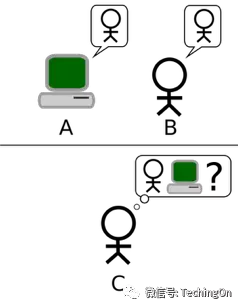
In layman's terms, this experiment shows that machines are like people, and we generally think that people are intelligent, so the machine can be considered intelligent by passing this test, that is, machine intelligence, that is, artificial intelligence.
So let's try to define artificial intelligence first: generally speaking, hardware or software that can reflect intelligent behavior can be called artificial intelligence. To put it in a more academic way:
The science and engineering of making intelligent machines, especially intelligent computer programs.
It is recognized academically that artificial intelligence was first mentioned by the following person in an agenda at the conference. At that time, the definition of AI was not particularly emphasized, and it may not be the case.

We can also understand the position of artificial intelligence from the subject classification. I can see the following hierarchical structure from the subject introduction of a domestic university, which is relatively clear:
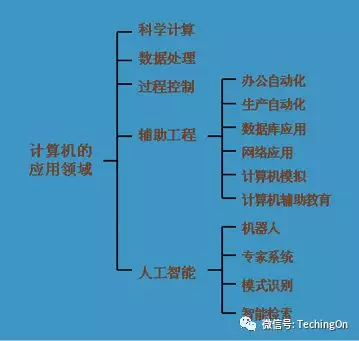
First of all, the major category of computer application is to study the theory, method and guidance of how computers are used in production and life. Of course, artificial intelligence belongs to the field of computer application, and is different from scientific computing, data processing, process control and auxiliary engineering. It can be subdivided under it. The field of robotics, expert systems, pattern recognition, intelligent retrieval, etc. It basically covers all problem areas solved by computers.
The history of artificial intelligence
Through the development of computer technology, let's explore how artificial intelligence came into being.
I summarize artificial intelligence development attempts into three stages:
-
looks smart
-
have limited learning ability
-
Ability to learn in depth
-
have the ability to learn freely
looks smart
Let’s first look at the first stage. In summary, there are the following key development processes:
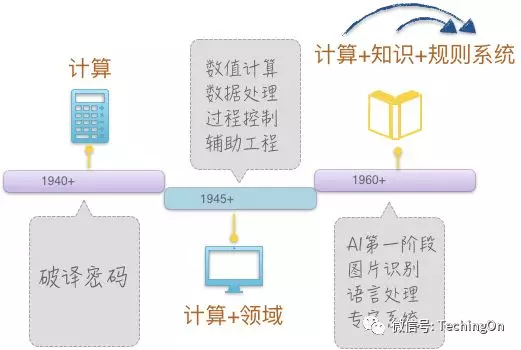
"Calculate" stage
The reason why a computer is called a computer is because it has the ability to "calculate", and "calculation" is the most basic condition for all computer applications. What is calculation? For example, 1+2+3=6 is an arithmetic calculation, and a logical judgment such as 1<2 is a logical operation, but they are both calculations. The next definition of computation is: rule-based symbolic transformation.
It is said that during World War II, in order to decipher the German code in 1943, the British Royal Air Force organized a large number of scientists, including the world's greatest pioneer of computer theory, British mathematician Turing (AMTuring, 1912-1954), successfully developed the world's first computer A batch of electronic computers. Deciphering passwords can be understood as mathematical calculations in essence, and of course computers are better at calculations than humans.
This is the computer in the beginning, which is "computing" in the eyes of humans.
"Computation" + "Domain" stage
Then, in the 1850s, computer software and hardware continued to mature, and the processing power began to grow according to Moore's Law. Computers began to work in combination with specific industry fields. For example, numerical calculation, there are a large number of model calculations in weather forecasting; data processing, such as information management systems used in all walks of life; process control, such as various automatic controls in automobile assembly workshops, and so on. The computer application in this period is the "computing" + field that produced various software and hardware, but one feature is that the use of computers to achieve what humans originally did is a complete copy. How humans deal with the corresponding lines of code on the computer accomplish. So this kind of application is not smart yet.
"Calculation" + "Knowledge" + "Rules" stage
With the deepening of applications in specific fields, people find that it is too inefficient to write code to implement human ideas one by one, and it is also very unfavorable for expansion. In the 1860s, "expert systems" began to appear. Make it easy and fast for computers to continuously add knowledge from humans to make machines act like experts. This gives rise to "calculation" + "knowledge" + "rules".
The above three stages show the form of artificial intelligence in the early stage of development. Although it has effectively solved some human problems, it is essentially replicating human behavior, so I call it "appearing intelligent".
To give a few examples, let's first look at a very old program in the field of artificial intelligence - SAINT, the symbolic automatic integration program. It is a program designed by James Slagle, a master's student at Carlegie Mellon University.
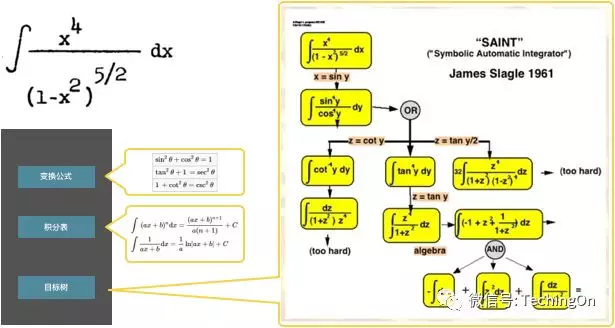
The program has three important components: the integral change formula table; the integral table; the problem solving process of the target tree. The first corresponds to "knowledge", the second corresponds to "rules", and the third is an inference process (framework), coupled with the program's computing processing power to complete such a system that can automatically solve integration problems The program, in other words, could solve all the integral equations used in the freshman exam. So this is actually a miniature expert system.
Consider the following two events:
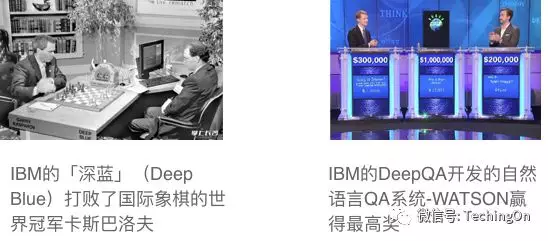
These are the input of human "knowledge" and "rules" to the computer, and the computer does retrieval and reasoning to solve very complex problems that only experts can handle, even higher quality than experts.
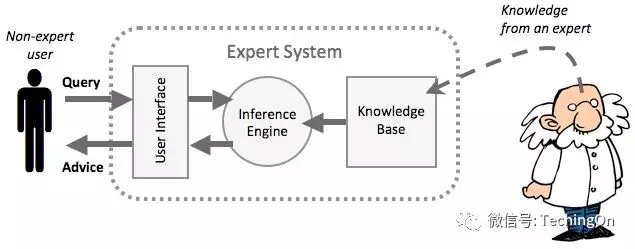
However, artificial intelligence at this stage has the following obvious advantages and disadvantages:
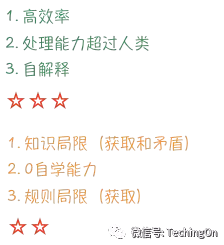
have limited learning ability
With the rise of the Internet and the development of convenient input and output peripherals and sensors for computers, a large amount of data has been accumulated. After data is available, human beings naturally begin to study whether they can mine more value from data. Then began the research in the field of artificial intelligence based on data.
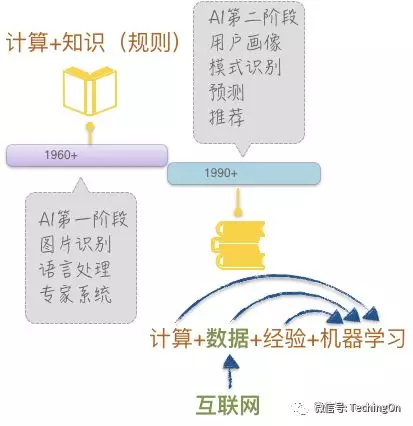
"Calculation" + "data" + "experience" + "machine learning" has become the most effective artificial intelligence technology foundation in this period. A typical application case is the "collaborative filtering" technology developed by Amazon. Collaborative filtering can be understood as a set of recommended theoretical methods, which involves an important calculation, similarity calculation, which can be based on simple mathematical models, or can be integrated into complex models such as machine learning to improve the recommendation effect.
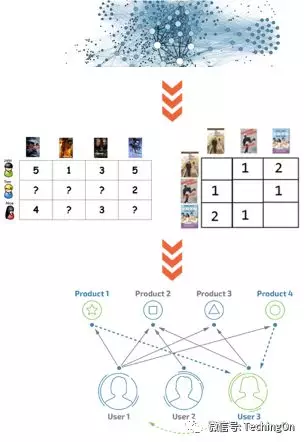
Artificial intelligence in this period also has the following advantages and disadvantages:
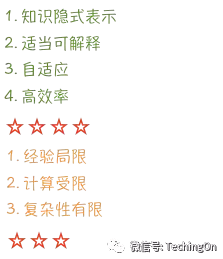
Ability to learn in depth
After 2000, the expansion of computing power can support higher-complexity calculations. The neural network algorithm proposed as early as the last century has produced unexpected results, exceeding the level of general junior practitioners, and The cost is also within an acceptable range, so this type of deep learning based on neural networks has entered the human field in large numbers.
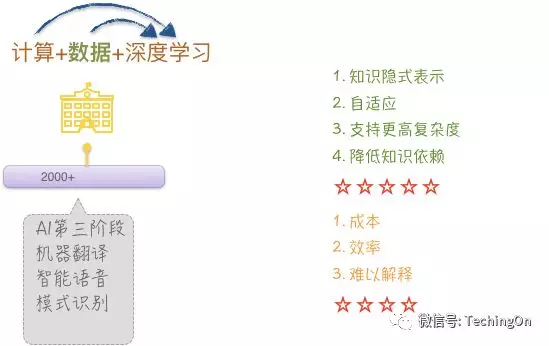
This AI problem-solving process reduces the machine's dependence on human knowledge, and has more complex learning capabilities. The way to solve the problem becomes "computing" + "data" + "deep learning", and humans act as simple data processing, input to the computer, and let the computer learn complex patterns by itself. The representative events of this stage have to be mentioned:
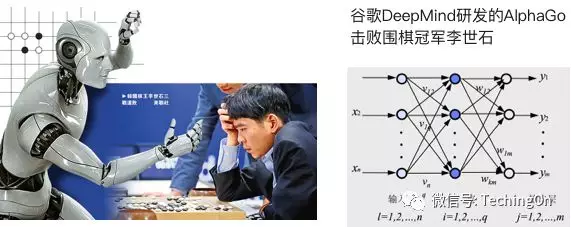
Artificial intelligence is not over yet. On the contrary, many academic experts and industry professionals even believe that AI has not really begun. Perhaps compared with human intelligence, AI has very high energy consumption and has a large room for development; perhaps AI still needs to learn under human supervision to generate certain intelligence, which can solve problems but cannot find problems by itself.